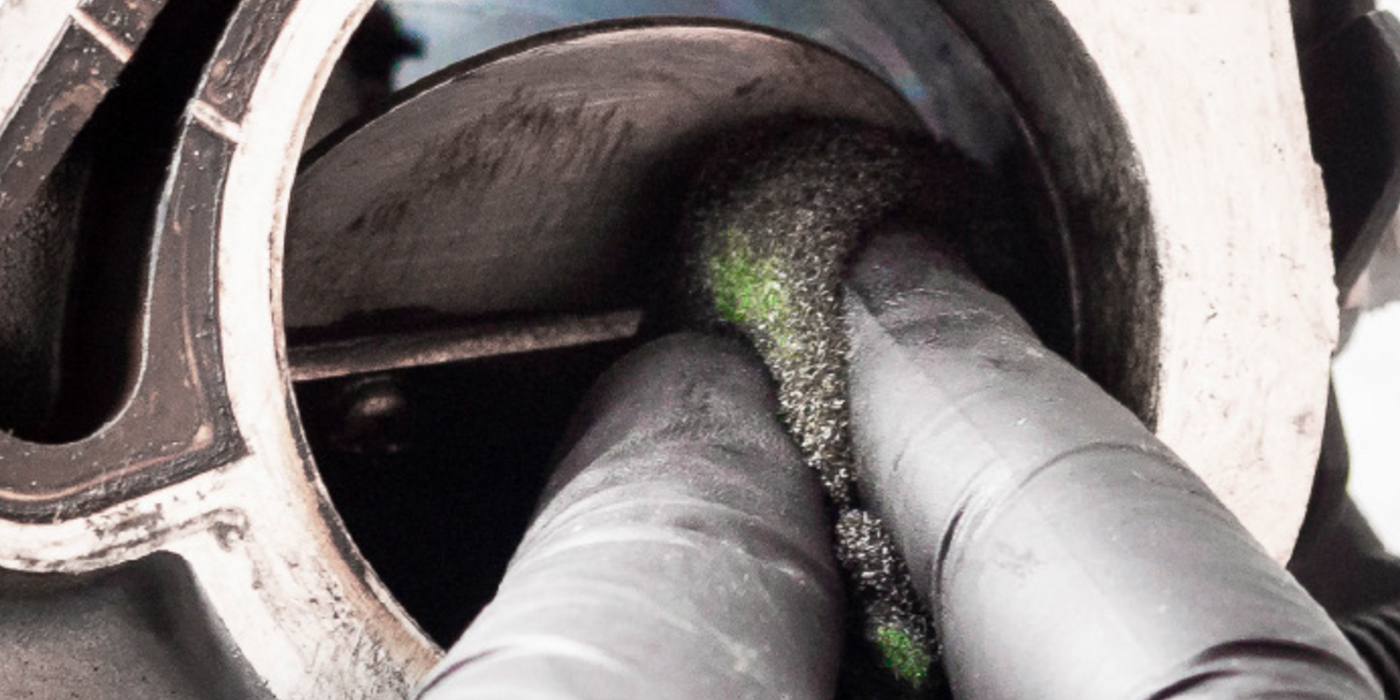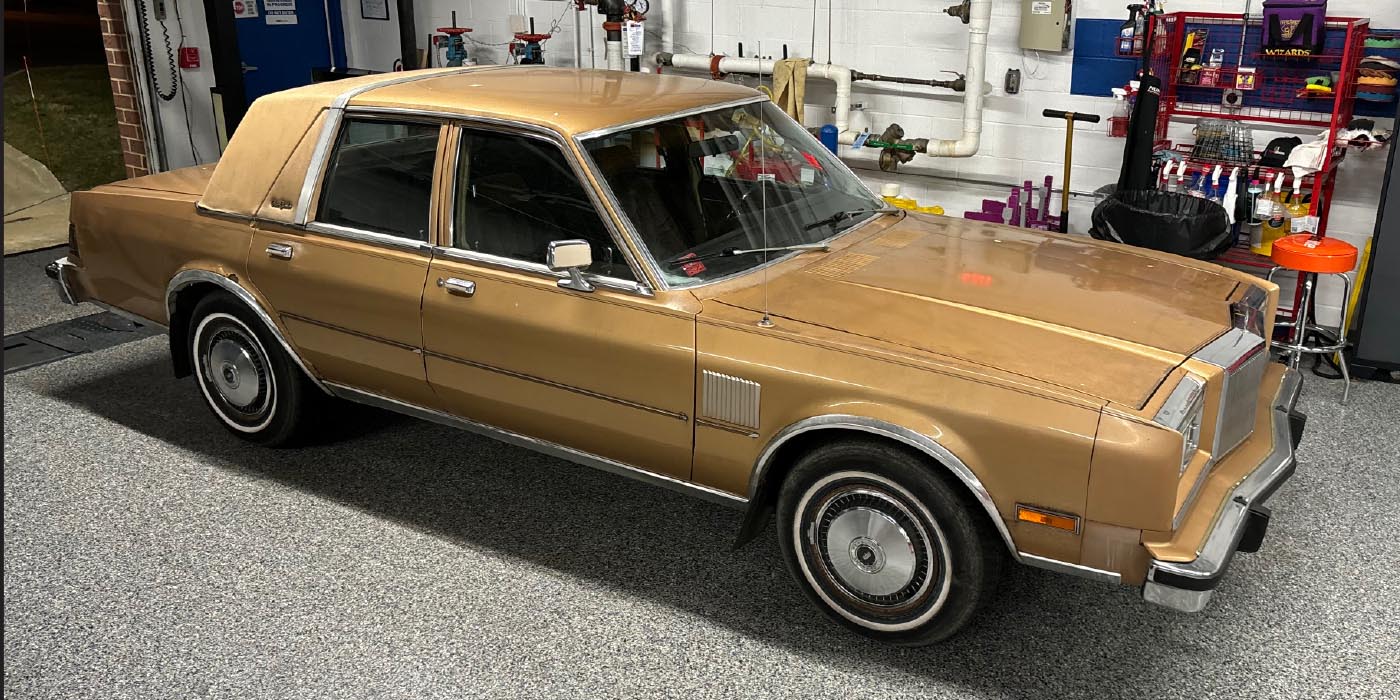Did you hear the announcement from Jiffy Lube about their new approach to the oil change interval? If not, here is an excerpt from the press release they issued…
Jiffy Lube, which helped establish the fast-lube category more than 30 years ago, is officially introducing a new approach to oil changes.
This new approach — called Oil Change Schedule (OCS) — enables customers to choose when they will return to Jiffy Lube for their next oil change based on vehicle manufacturer’s recommendations for their individual driving habits and conditions.
According to Jiffy Lube, the new OCS approach directly engages customers in the preventive maintenance process by helping them understand what their vehicle manufacturer recommends for oil changes. This includes sharing how their driving style and conditions — whether normal or severe — affect their vehicle, so they can determine when to return for their next oil change.
When customers visit a participating Jiffy Lube service center for a Jiffy Lube Signature Service Oil Change, they will be given three choices for their new schedule:
• Follow the vehicle manufacturer’s recommendation for severe driving conditions;
• Follow the vehicle manufacturer’s recommendation for normal driving conditions; or
• Select an oil change schedule of their own choosing.
Jiffy Lube said these options are defined by vehicle manufacturer recommendations, and the selection process is quick and easy. A Jiffy Lube customer service adviser reviews the options with the customer and the customer then selects their schedule.
Customers will continue to receive a Jiffy Lube window sticker reminding them when to come back for their next oil change, based on the schedule they select.
So how does this affect your business? When the big player in the market, with more than 2,000 locations nationwide, changes the conversation, all shops need to listen. Most shops have been using the vehicle manufacturers’ recommended oil change intervals for severe driving, since most customers will fall into that category and a 3,000- to 5,000- mile interval is good for business.
But, the real change Jiffy Lube is bringing to its customers and perhaps the whole market is option #3, allowing the customer to select his or her own schedule. The most important thing for the shop is getting the customer to come back for additional services.
Allowing them to select their own schedule gets them to buy into the process and take ownership of their service schedule.
Remember, they are making the decision to come back when they want to, not when Jiffy Lube or the OEM says it is time to come back. When the customer sees the reminder sticker on the windshield, he or she will think, “I said I would return to the shop at X,000 miles.”
Is your service writer having the same type of conversation with your customers to understand their needs so they will continue to return for one of the most important service procedures for your shop? If not, it may be time to approach them on it.













